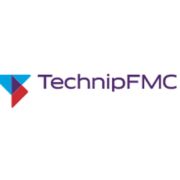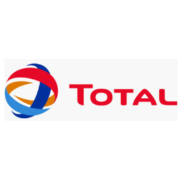Adopting a greater emphasis on cross industry collaboration, there will be opportunities to share findings and opportunities for improvement with suppliers, clients and regulatory bodies. The duplication of QC effort being an obvious example.
To kick the project off, and in keeping with our UKBU Business Excellence approach, Natalia has interviewed a number of key stakeholders across the QC process; from current Quality Engineers through to Project Managers and senior UKBU Managers.
This Voice of the Customer (VOC) approach has delivered a wide range of data, information and opinion that has allowed Natalia to understand the key challenges and opportunities that exist.
Analysis and consolidation of this VOC has enabled the project to be split into six focus areas, as detailed below:
- The end to end QC process, from the creation of an inspection and test plan through to final reports
- The roles and responsibilities of QC resource
- Training and competency requirements
- The duplication of QC deliverables at suppliers, whether that be duplication of Technip resources or supplier, client or regulatory bodies.
- The relationship, gaps and overlaps across our QC and QA roles
- A risk or criticality based approach to QC, whether that be product, process or supplier based
Alongside the qualitative data gleaned through the VOC process, Natalia has also started to capture quantitative data from our systems.
This will help us understand specific details such as numbers of inspections carried out by projects over a specific time period, which suppliers we work with and what types of QC work is actually being delivered. This can only help to inform any future changes or improvements to the QC role.
Contact: Ceri Harris, Technip UK Limited




